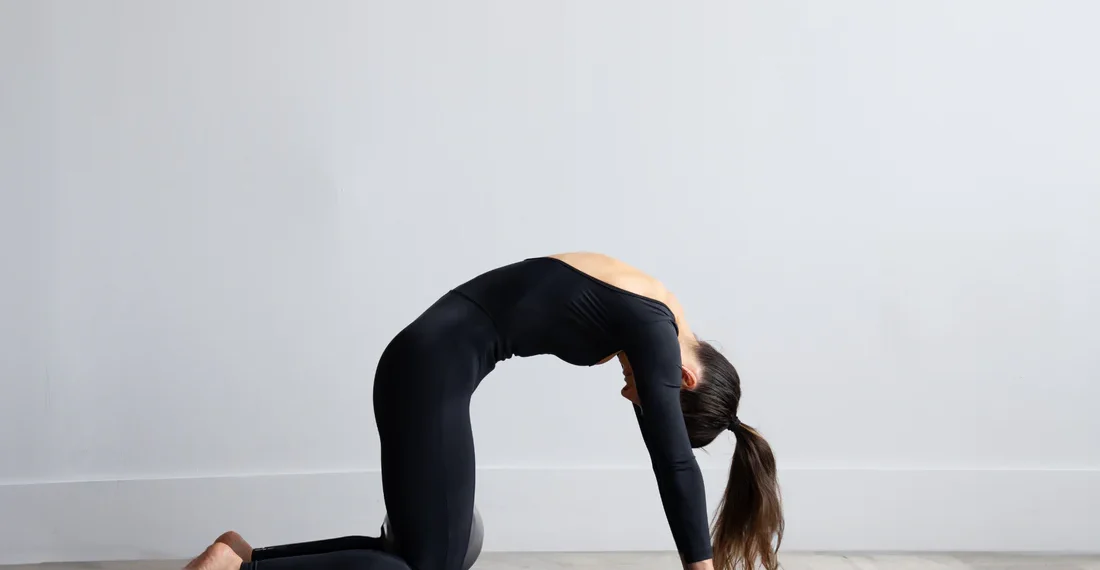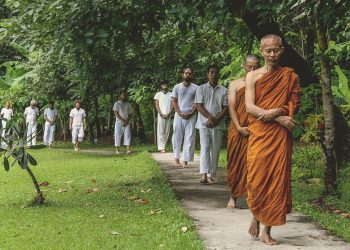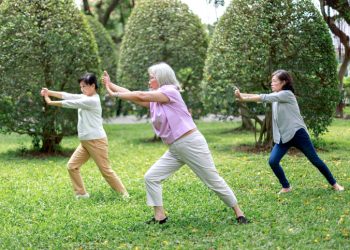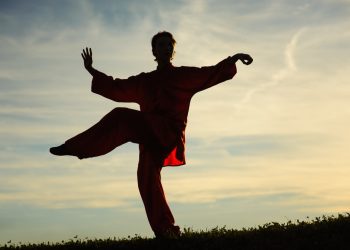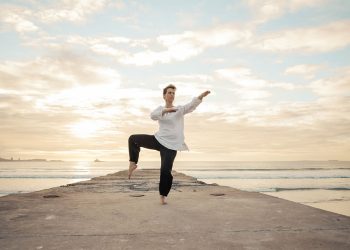In our fast-paced modern world, we often treat our bodies as vehicles to transport our minds from place to place, disconnected from the physical sensations and experiences that anchor us in the present moment. Mindful movement practices offer a powerful antidote to this disconnection, inviting us to reunite body and mind through conscious, intentional motion. These practices transform ordinary physical activities into profound experiences of awareness, helping us cultivate presence, reduce stress, and discover a deeper relationship with ourselves.
Understanding Mindful Movement
Mindful movement is the practice of bringing full awareness to the physical sensations, breath, and experience of moving our bodies. Unlike conventional exercise, which often focuses primarily on outcomes like fitness goals or calorie burning, mindful movement emphasizes the journey itself. It asks us to notice how our feet contact the ground, how our breath flows with each gesture, and how energy moves through our limbs. This approach transforms movement from a means to an end into a meditation in motion, where the practice itself becomes the destination.
The beauty of mindful movement lies in its accessibility. You don’t need special equipment, athletic prowess, or extensive training to begin. Any movement, from walking to stretching to washing dishes, can become a mindful practice when approached with awareness and intention.
Tai Chi: The Art of Flowing Awareness
Tai chi, often described as “meditation in motion,” stands as one of the most recognized mindful movement practices. This ancient Chinese martial art consists of slow, flowing movements performed with deliberate attention to breath, balance, and bodily sensation. Each gesture unfolds like water, smooth and continuous, requiring practitioners to maintain awareness of weight shifts, joint alignment, and the subtle flow of internal energy.
The practice of tai chi cultivates what practitioners call “song” (sung), a quality of relaxed alertness where the body remains soft yet fully engaged. This state mirrors the essential paradox of mindfulness itself: being simultaneously relaxed and attentive. As you move through the forms, your mind learns to track multiple sensations simultaneously—the weight in your feet, the rotation of your waist, the extension of your arms—training a quality of distributed awareness that extends far beyond the practice itself.
Regular tai chi practice develops kinesthetic intelligence, the deep knowing of where your body is in space and how it moves. This embodied wisdom helps practitioners move through daily life with greater grace and fewer injuries, while the meditative quality of the practice calms the nervous system and reduces stress.
Walking Meditation: Steps of Awareness
Walking meditation transforms one of our most fundamental activities into a profound practice of presence. Unlike walking for transportation or exercise, walking meditation slows the pace dramatically, bringing microscopic attention to each component of the walking process. You might spend several seconds on each step, noting the lifting of the heel, the shifting of weight, the movement of the leg through space, and the gentle placement of the foot.
This practice can be adapted to various settings and speeds. Formal walking meditation, often practiced in Buddhist traditions, involves very slow, deliberate steps in a designated path, with hands held in a specific mudra and eyes cast downward. Informal walking meditation can happen anywhere—on your commute, during a nature walk, or while moving through your home—simply by bringing attention to the sensations of walking.
The rhythm of walking naturally synchronizes with breath, creating a powerful anchor for awareness. You might coordinate steps with breath, taking three steps per inhalation and three per exhalation, or simply allow the breath to find its natural rhythm while you observe the connection between breathing and stepping. This synchronization of movement and breath activates the parasympathetic nervous system, promoting relaxation even as you move.
Qigong: Cultivating Life Energy
Qigong, another treasure from Chinese wellness traditions, combines gentle movements with breath work and focused intention to cultivate and balance qi (life energy). The movements in qigong are often simpler and more repetitive than tai chi, making them particularly accessible for beginners or those with physical limitations.
What distinguishes qigong is its explicit focus on energy cultivation. Practitioners learn to sense subtle flows of energy in the body, guiding this energy through movement and breath. This internal focus develops profound body awareness and teaches practitioners to recognize and work with their internal states. The repetitive nature of qigong movements creates a meditative rhythm, allowing the mind to settle into deep presence.
Yoga: Union Through Conscious Movement
While yoga in the West is often practiced primarily for physical fitness, traditional yoga represents a comprehensive mindful movement practice. Each asana (posture) becomes an opportunity to explore the relationship between body, breath, and awareness. Vinyasa-style practices, where movements flow with breath, create a moving meditation that demands continuous presence.
The key to mindful yoga practice lies in shifting focus from achievement to exploration. Rather than striving to perfect a pose, practitioners learn to investigate their edge—that place where challenge meets capacity—with curiosity and respect. This approach transforms yoga from a performance into an inquiry, where each practice session reveals something new about the body’s capabilities and limitations.
Core Principles of Mindful Movement
Several fundamental principles underlie all mindful movement practices, regardless of the specific form they take.
Present-Moment Awareness: The cornerstone of mindful movement is sustained attention to the immediate experience. This means noticing physical sensations as they arise, without getting lost in thoughts about the past or future. When the mind wanders, as it inevitably will, you gently redirect attention back to the body.
Non-Judgmental Observation: Mindful movement invites us to notice our experience without labeling it as good or bad, right or wrong. Your hamstrings might be tight today, your balance might be off, or you might feel tired—and all of these experiences can be met with acceptance rather than criticism.
Breath Awareness: The breath serves as a bridge between body and mind, and most mindful movement practices emphasize conscious breathing. By coordinating movement with breath or simply maintaining awareness of breathing throughout the practice, we anchor ourselves in the present and signal safety to the nervous system.
Gentle Exploration: Rather than pushing through discomfort or forcing the body into positions, mindful movement emphasizes gentle exploration of edges and limits. This principle cultivates a kind and respectful relationship with the body, teaching us to listen rather than dominate.
Process Over Product: In mindful movement, the value lies in the practice itself rather than in achieving particular outcomes. This shift from goal-orientation to process-orientation represents a radical departure from conventional exercise culture and opens space for genuine presence.
Integrating Mindfulness into Daily Movement
The true power of mindful movement emerges when we extend these practices beyond formal sessions and into everyday life. Here are practical ways to weave mindful movement into your daily routine:
Morning Transitions: Before getting out of bed, spend a few moments sensing your body. Notice the quality of your breath, scan through your body for sensations, then rise slowly, maintaining awareness of each movement.
Mindful Standing: While waiting in line, standing at the bus stop, or washing dishes, bring attention to your standing posture. Feel the contact between your feet and the ground, sense the alignment of your spine, notice any areas of tension or ease.
Stairway Meditation: Transform climbing stairs into a practice by syncing breath with steps, feeling the strength in your legs, and noticing the rhythm of ascent or descent.
Stretching Breaks: Set reminders to take brief stretching breaks throughout the day. Rather than rushing through stretches, move slowly and attentively, exploring sensations at each edge.
Walking with Awareness: Dedicate even one minute of any walk to full awareness. Notice how your arms swing, how your weight transfers from heel to toe, how your breath naturally adjusts to your pace.
Before Sleep: End the day with gentle, mindful movements—perhaps some light stretching or self-massage—performed with full attention to sensation and breath.
The Ripple Effects
Regular mindful movement practice creates benefits that extend far beyond the time spent practicing. Physically, these practices improve balance, coordination, flexibility, and body awareness, reducing the risk of falls and injuries. The gentle nature of most mindful movement practices makes them sustainable throughout life, unlike high-impact activities that may become difficult with age.
Mentally and emotionally, mindful movement serves as a powerful stress-reduction tool. By engaging the parasympathetic nervous system and breaking the cycle of rumination, these practices help regulate mood and reduce anxiety. The embodied awareness developed through mindful movement also enhances interoception—the ability to sense internal states—which research links to emotional intelligence and psychological wellbeing.
Perhaps most profoundly, mindful movement practices help us develop a kinder, more connected relationship with our bodies. In a culture that often treats bodies as objects to be controlled, perfected, or overcome, these practices invite us to experience our bodies as the lived, sensing, feeling reality of our existence.
Beginning Your Practice
Starting a mindful movement practice requires no special equipment or extensive preparation. Begin with just five or ten minutes daily. You might try a simple walking meditation in your home, follow along with an online tai chi or qigong video, or simply perform familiar stretches with heightened awareness.
The key is consistency and genuine curiosity. Approach each session as an opportunity to discover something new about how you move, breathe, and inhabit your body. Be patient with yourself as you develop this new way of relating to movement. The wandering mind, the awkward feelings, the initial difficulty maintaining attention—all of these are normal parts of the practice.
As your practice deepens, you’ll likely find that the mindful awareness cultivated during formal practice begins to permeate other activities. You’ll notice yourself moving more gracefully, breathing more fully, and inhabiting your body with greater ease and presence. This, ultimately, is the gift of mindful movement: not just a practice we do, but a way of being we become.

